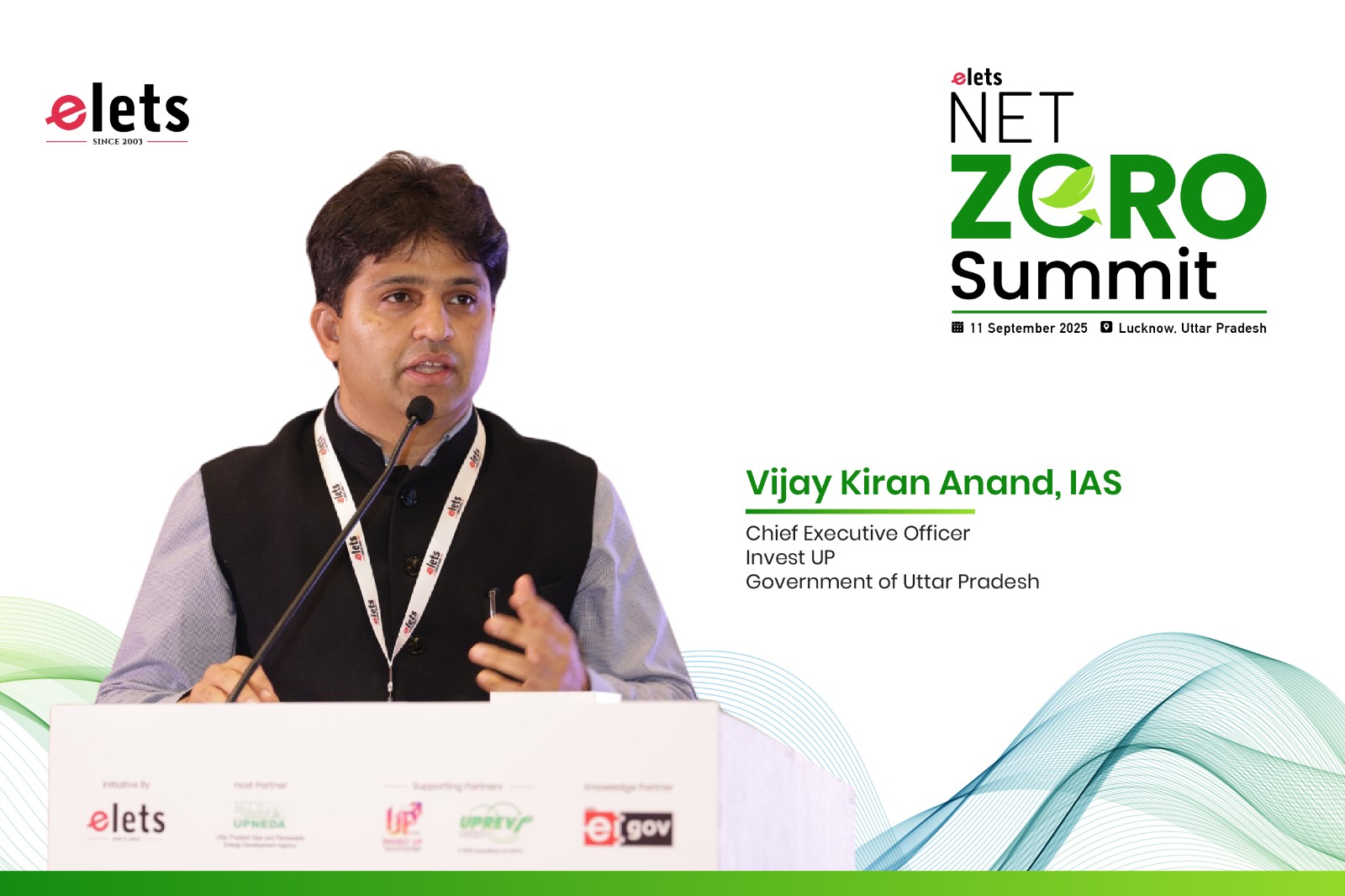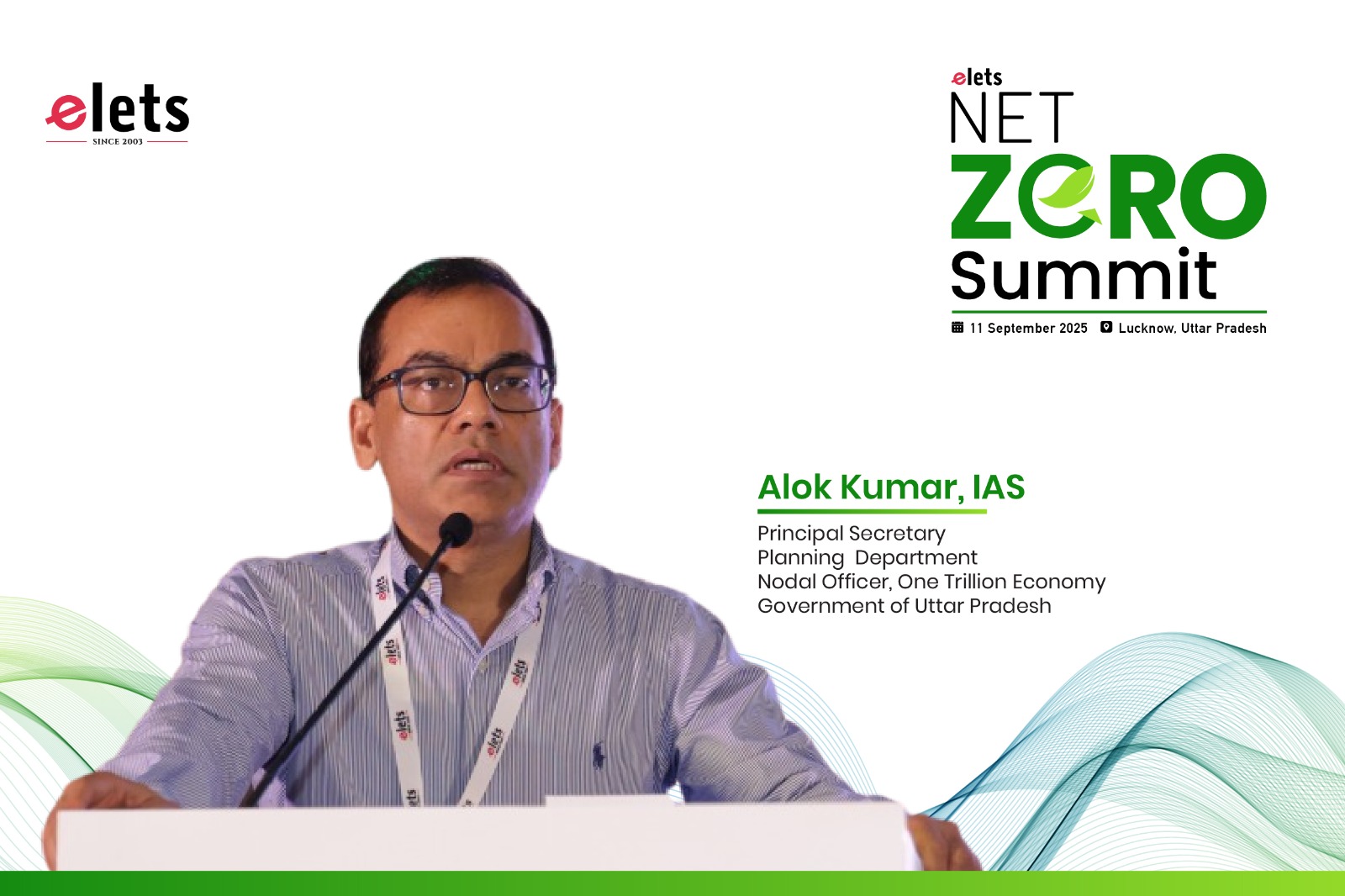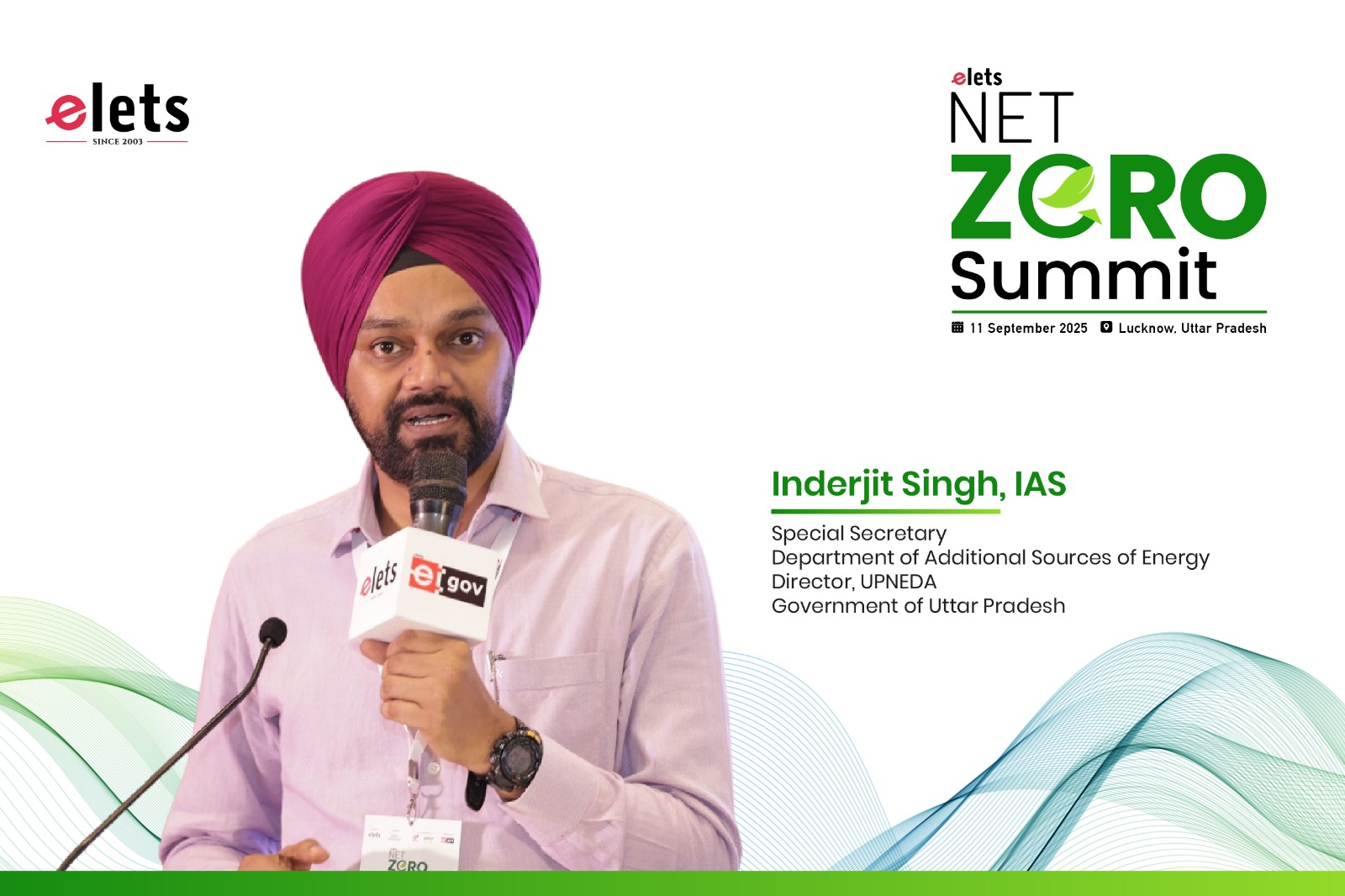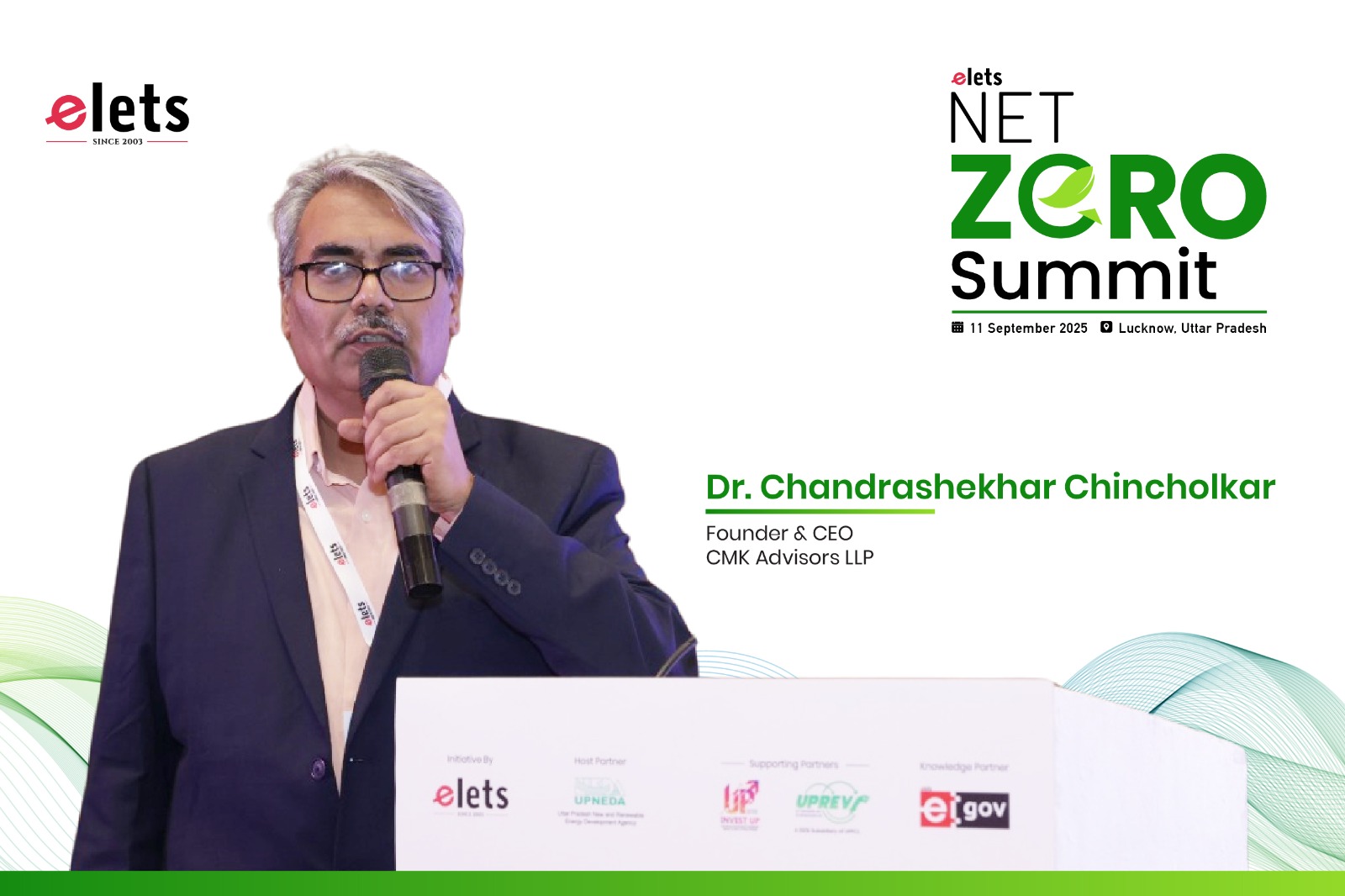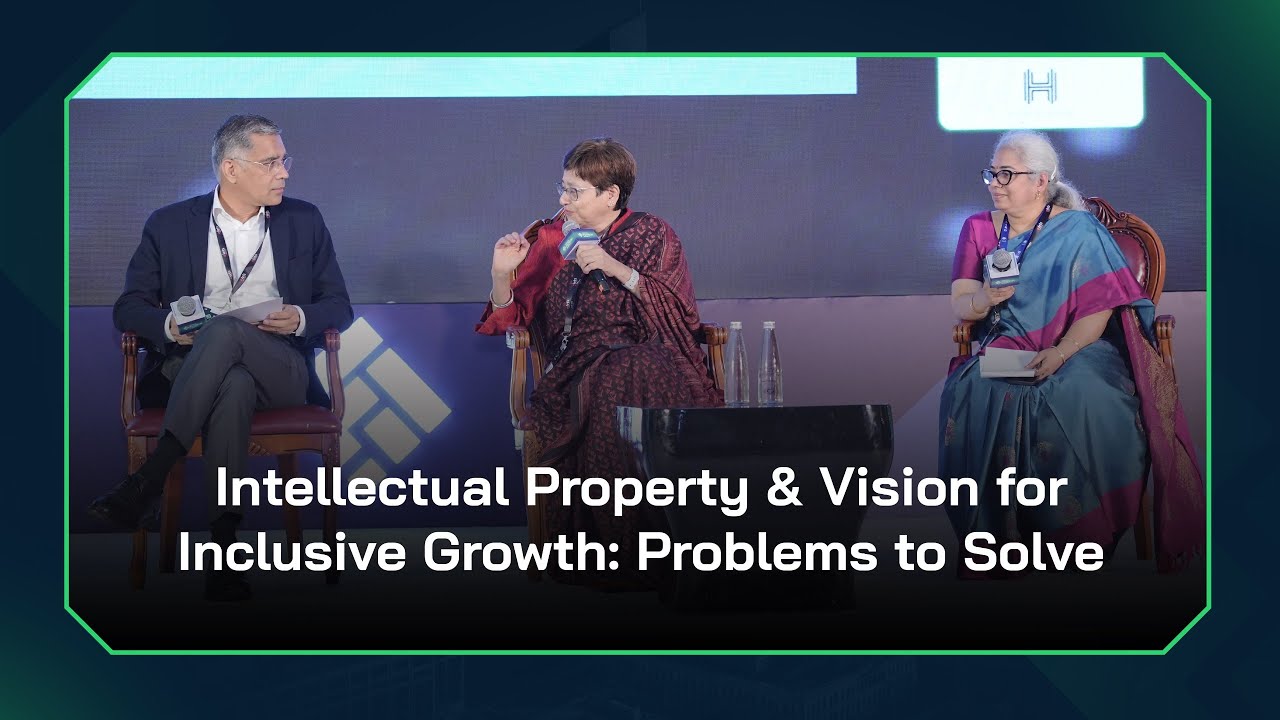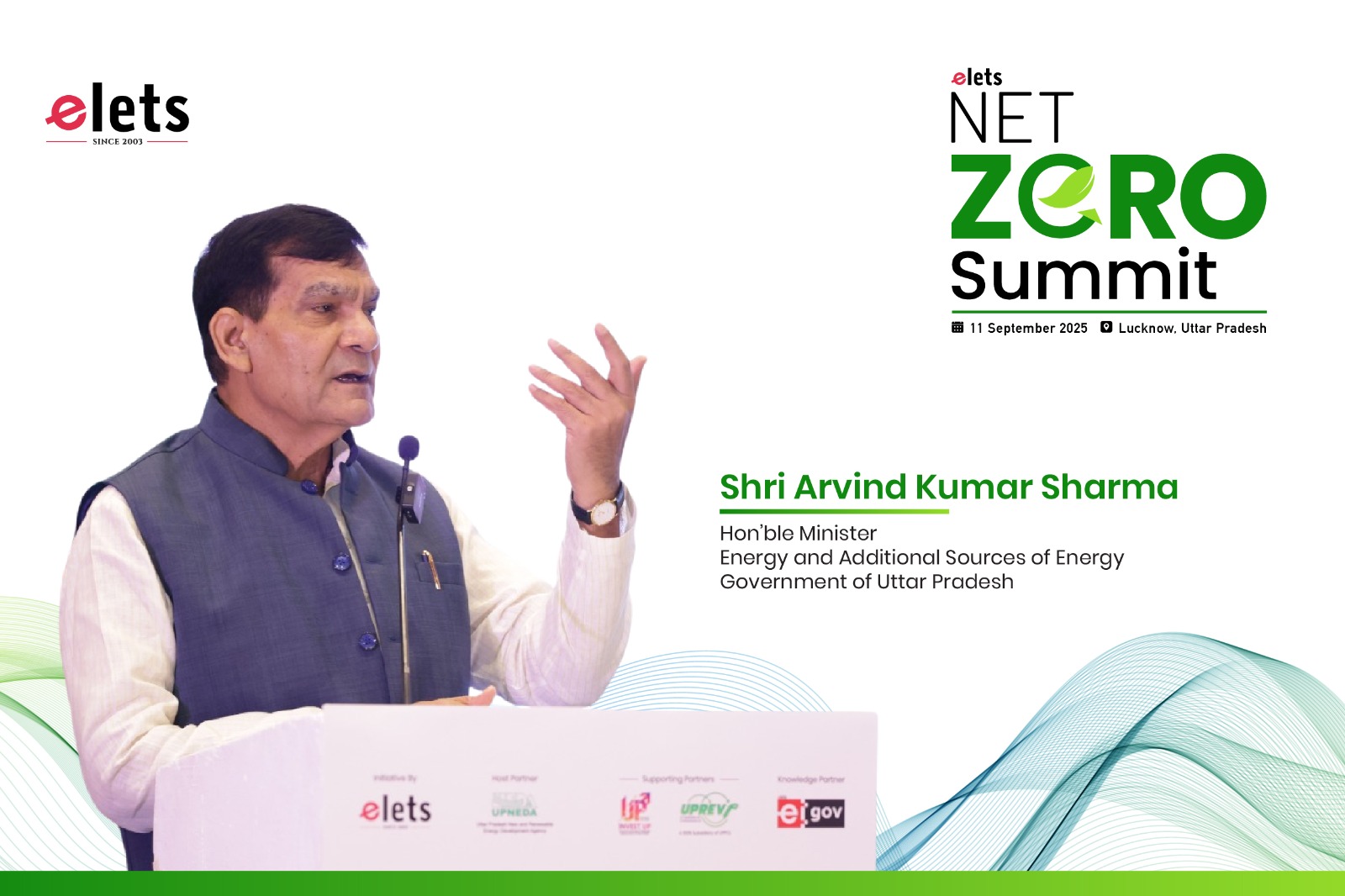
When Prime Minister Narendra Modi assumed office in 2014, climate change and global warming had become central topics of international discourse. The Obama administration in the United States, along with other developed nations, was pressing emerging economies like India and China to halt the construction of coal-based power plants and move swiftly toward renewable energy.
At that time, India’s per capita electricity consumption was only about 1,200–1,300 units, a fraction of the global average. Large parts of rural India still had no access to electricity, and states like Uttar Pradesh were struggling to provide even basic power connections to half their villages. Developed nations, however, placed India in the same bracket as themselves and China, demanding stringent emission reductions.
Prime Minister Modi resisted this pressure. He made it clear that India’s growth could not be sacrificed at the altar of global climate negotiations. The principle of climate justice was articulated — that developed nations, who had consumed vast amounts of fossil fuels for centuries, could not now deny developing countries the right to growth and energy security. Modi’s leadership gave India a strong voice on the global stage, challenging countries like the US and Japan, and arguing that energy equity had to be recognised.
The Struggle for Climate Justice
During the Paris climate negotiations, India faced enormous pressure to commit to ending coal power. Prime Minister Modi, however, categorically stated that while India would pursue renewable energy aggressively, it would not halt the use of thermal power, given the country’s developmental needs.
India’s cultural ethos — of living in harmony with nature — was highlighted. Modi emphasised that India would not emulate the unsustainable consumption patterns of the West but would instead design growth models that minimise environmental impact. The focus was on changing lifestyles, conserving energy, and adopting clean energy sources, without compromising developmental aspirations.
This position, once criticised, has today positioned India as a global leader in renewable energy. With solar power at the forefront, India has emerged as a country not just adopting but also guiding the world on sustainable energy transitions.
Uttar Pradesh: Expanding Energy Access
The story of Uttar Pradesh reflects India’s broader journey. In 2017, the state’s per capita electricity consumption was only about 400 units, barely a third of the national average. Over the past few years, this has increased to 650 units, thanks to a combination of expanding thermal capacity and investments in renewable energy.
The state has added around 4,700 MW of thermal power capacity in recent years, inaugurating plants in places like Panki, Obra, Jawaharpur, Ghatampur, and Khurja. Further projects, totaling nearly 6,000 MW, are in the pipeline in collaboration with NTPC and private developers.
While renewable energy remains a focus, the state government acknowledges that thermal power remains indispensable to meet growing peak demand. Uttar Pradesh has consistently recorded the highest peak electricity demand in the country, recently crossing 31,000 MW. For a state with rapid urbanization and industrialization, uninterrupted energy supply is essential.
Strengthening Transmission and Distribution
Merely generating electricity is not enough — efficient distribution is equally vital. Uttar Pradesh has made significant progress under the Government of India’s Green Energy Corridor Project, becoming the leading state in implementing transmission lines to evacuate solar power.
Additionally, under the Revamped Distribution Sector Scheme (RDSS), Uttar Pradesh has topped the charts nationwide in improving local power distribution networks. The state has reduced distribution and commercial losses significantly and improved its Plant Load Factor (PLF) to above 80%, ensuring more efficient generation.
The Rise of Renewable Energy in Uttar Pradesh
In 2017, the state’s solar generation capacity was barely 349 MW. By 2022, this had grown to over 2,000 MW, and today it stands at more than 5,000 MW. The government aims to cross the 10,000 MW mark in the near future.
A remarkable achievement has been in rooftop solar installations. Uttar Pradesh now ranks number one in the country for daily rooftop solar additions. In July this year alone, the state recorded the highest number of installations nationwide.
Households, farmers, and small businesses are increasingly adopting rooftop systems, not just reducing their electricity bills but also generating income by feeding surplus power back into the grid. Farmers, for example, are powering tube wells through solar energy, saving costs and selling excess electricity. In many homes, rooftop solar has reduced dependence on the grid entirely, with residents now becoming net producers of electricity.
Policy Framework: Solar, Bioenergy, and Hydrogen
The state government has moved swiftly to create an enabling policy environment. In 2022, soon after assuming office, the energy department rolled out a comprehensive solar policy, followed by policies for bioenergy and green hydrogen.
Bio-CNG (compressed biogas) production has seen Uttar Pradesh emerge as the leading state in India, with farmers and entrepreneurs turning agricultural residue and waste into energy. Similarly, policies for hydrogen adoption have positioned the state to take advantage of emerging technologies in clean fuels.
Importantly, the state has emphasised transparent and merit-based allocation of land and connectivity for renewable projects. Officials have been given a free hand to support developers based on merit, leading to efficient implementation. Industry stakeholders have lauded UPNEDA (Uttar Pradesh New and Renewable Energy Development Agency) for being responsive and fair, with minimal complaints about delays or favouritism.
Looking Ahead: The Next Challenge
While the first battle — of asserting India’s right to energy equity — has been won, the next challenge is emerging. By 2030, global trade may demand green certification for exports. Products like textiles, leather, and manufactured goods will need to demonstrate that they were produced using renewable energy.
This shift could pose risks to India’s industries, particularly small and medium enterprises (SMEs), unless renewable adoption accelerates. Ensuring that factories run on clean energy will be crucial to sustaining India’s export competitiveness.
Conclusion: Building a Balanced Future
India’s energy journey reflects a delicate balance: meeting the urgent needs of development while also preparing for a sustainable future. Prime Minister Modi’s leadership has given India the confidence to resist unfair global pressures and instead chart its own course — one that prioritizes energy access, climate justice, and renewable leadership.
Uttar Pradesh’s experience shows how states can expand electricity access, strengthen infrastructure, and simultaneously invest in solar, bioenergy, and hydrogen. The growth in rooftop solar, the efficiency gains in distribution, and the rise in renewable capacity are all signs of a state moving decisively toward Net Zero goals, without neglecting its immediate developmental needs.
The road ahead will require even faster adoption of clean energy, greater technological innovation, and deeper collaboration between government, industry, and citizens. As India moves toward its 2070 Net Zero commitment, the lessons from this journey — of balancing growth with sustainability — will remain central not just for the country, but for the world.
Insights shared by: Shri Arvind Kumar Sharma, Hon’ble Minister of Energy and Additional Sources of Energy, Government of Uttar Pradesh at the Elets Net Zero Summit (11th September), Lucknow
Be a part of Elets Collaborative Initiatives. Join Us for Upcoming Events and explore business opportunities. Like us on Facebook , connect with us on LinkedIn and follow us on Twitter, Instagram.
"Exciting news! Elets technomedia is now on WhatsApp Channels Subscribe today by clicking the link and stay updated with the latest insights!" Click here!




